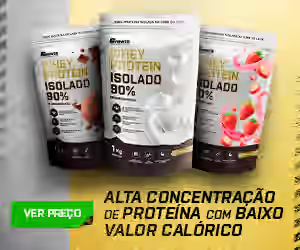Como anda a questão da soja?
-
Quem Está Navegando 0 membros estão online
- Nenhum usuário registrado visualizando esta página.
-
Conteúdo Similar
-
Ardência nos mamilos sem caroço ??? Exames em anexo 1 2
Por Costa8,
- exames rotina
- colateral
- (e 1 mais)
- 14 respostas
- 1209 visualizações
-
- 7 respostas
- 1058 visualizações
-
- 16 respostas
- 1739 visualizações
-
- 12 respostas
- 987 visualizações
-
- 22 respostas
- 4556 visualizações
-







Posts Recomendados
Crie uma conta ou entre para comentar
Você precisar ser um membro para fazer um comentário
Criar uma conta
Crie uma nova conta em nossa comunidade. É fácil!
Crie uma nova contaEntrar
Já tem uma conta? Faça o login.
Entrar Agora